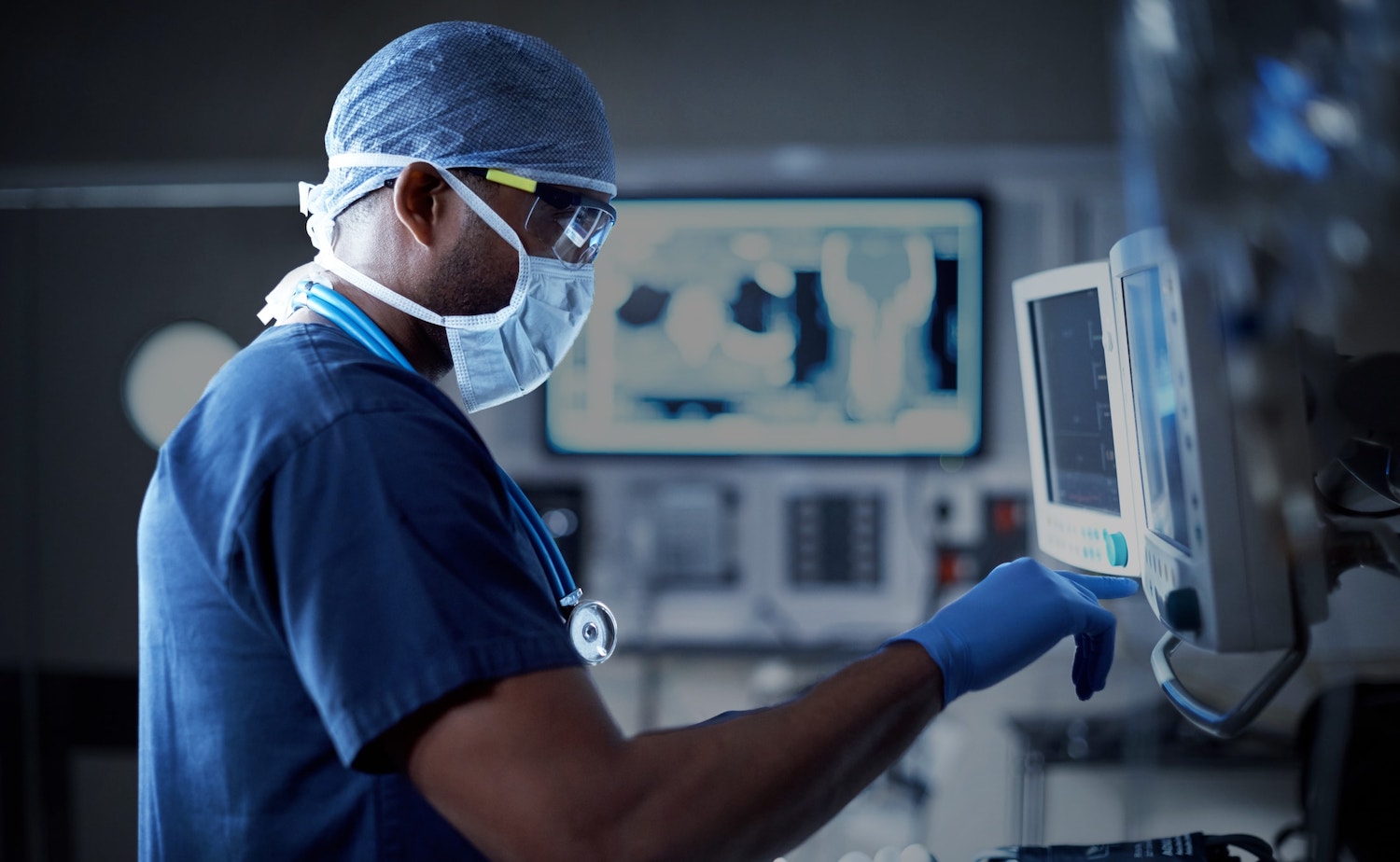Numerous biomaterials and techniques have been developed over many decades to repair damage to the cartilage within the body. Unfortunately, no method has been able to match the properties and benefits of healthy natural cartilage1. Specific biomaterials called scaffolds are utilized to promote the growth of natural cartilage on and within the biomaterial. As cartilage grows to repair the damaged site, the scaffold will eventually degrade. This blog will briefly cover two regenerative cartilage techniques, Autologous Chondrocyte Implantation (ACI) and Autologous Matrix Induced Chondrogenesis (AMIC). These two techniques were developed to replace and regenerate hyaline cartilage within joints of the body that have damaged cartilage. Most often, ACI and AMIC techniques are performed on the knee in lieu of total knee replacements, especially on younger patients2. Although these techniques are mostly performed in the knee, they may also be performed on the hip, shoulder, elbow, ankle, and big toe. Many attempts have been made to produce a long-term, cost-effective, and biocompatible scaffold; however, most attempts fail to achieve this. An example would be collagen-based scaffolds. Collagen is the body’s most abundant protein and is thus highly biocompatible. Unfortunately, collagen-based scaffolds have disappointing long-term properties including poor shape retention and mechanical strength. Many types of these bio-scaffolds exist including protein-based, carbohydrate-based, polymer-based, or a combination of these.
Autologous Chondrocyte Implantation (ACI) is a technique for regenerating the hyaline cartilage by implanting cartilage cells. The ACI procedure takes place in two surgeries for the patient. In the first surgery, the doctor will take cartilage cells from a different, non-load-bearing area of the body. Hyaline cartilage can be found in non-load bearing areas of the body such as at the ends of ribs, in the nose, larynx, trachea, and bronchi 1. This sample of cells will be sent to a laboratory where the cells will be multiplied until there are about 5-10 million cells in the culture; this usually takes 3-5 weeks 3. Once there are enough cells, the doctor performs a second surgery in which the cells are injected back into the body in the area in which the cartilage is damaged.
Autologous Matrix-Induced Chondrogenesis (AMIC) is a technique that was developed in Germany to help heal areas in which full-thickness cartilage has been damaged: deep chondral and subchondral lesions. This procedure is different from the ACI procedure in which it only requires one surgery. In this surgery, the damaged cartilage is removed. The surgeon will use a bone marrow stimulating technique such as micro fracturing to release mesenchymal stem cells (MSCs) that will help regenerate cartilage. Microfracture involves drilling multiple holes into the exposed bone approx. 3-4mm apart 4. Bone marrow and blood rush to the site forming a ‘super clot’ which, in turn, becomes the basis for new tissue formation. The newly rough surface is ideal for promoting this new tissue formation. The surgeon then places a porcine collagen membrane over the bleeding site. Underneath the membrane, a clot then forms from the free MSCs on the bone surface and helps stimulate chondrocyte growth. The chondrocyte growth then regenerates cartilage tissue where the damaged cartilage was removed.
The ACI and AMIC techniques as well as the numerous bio-scaffold technologies offer enormous capacity for long-term solutions to several cartilage conditions. Soon, these technologies can be applied to help mitigate the effects of cartilage degeneration diseases or injuries affecting the cartilage. This is all in the effort to ultimately create a repair system that restores the original properties of natural, biological cartilage.
EMMA International can assist you with all your compliance needs. Call us today at 248-987-4497 or email us at info@emmainternational.com.
1Cartilage. “Cartilage Repair Techniques.” Patient Education, ICRSCartilage.org/Content/Uploads/Icrs.jpg, 26 Mar. 2015, cartilage.org/patient/about-cartilage/cartilage-repair/.
2Zellin, G, and A Gritli-Linde. “Healing of Mandibular Defects with Different Biodegradable and Non-Biodegradable Membranes: an Experimental Study in Rats.” Biomaterials, U.S. National Library of Medicine, 16 May 1995, pubmed.ncbi.nlm.nih.gov/7548610/.
3Brittberg, Mats. “Autologous Chondrocyte Implantation-Technique and Long-Term Follow-Up.” Injury, Elsevier, 6 Mar. 2008, www.sciencedirect.com/science/article/pii/S0020138308000624.
4Kelechi Okoroha MD, “AMIC of the Hip.” www.kelechiokorohamd.com/amic-of-the-hip-orthopaedic-surgeon-sports-medicine-detroit-mi.html.





